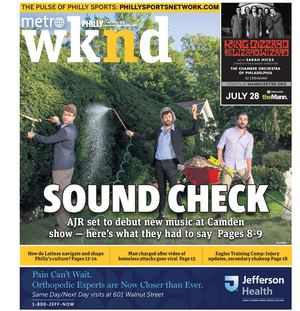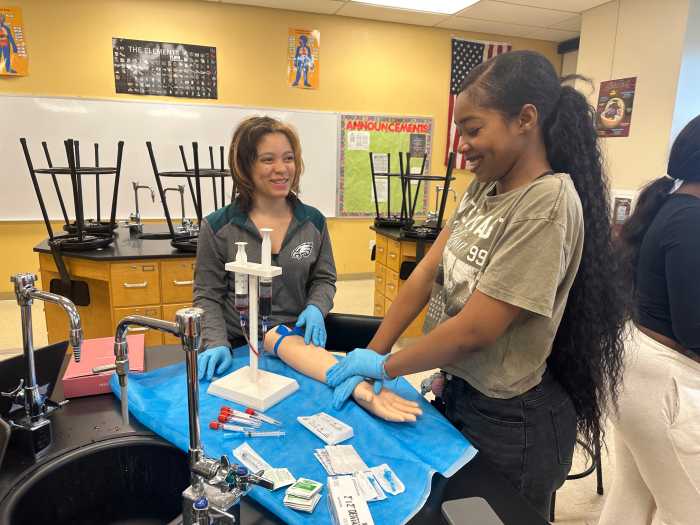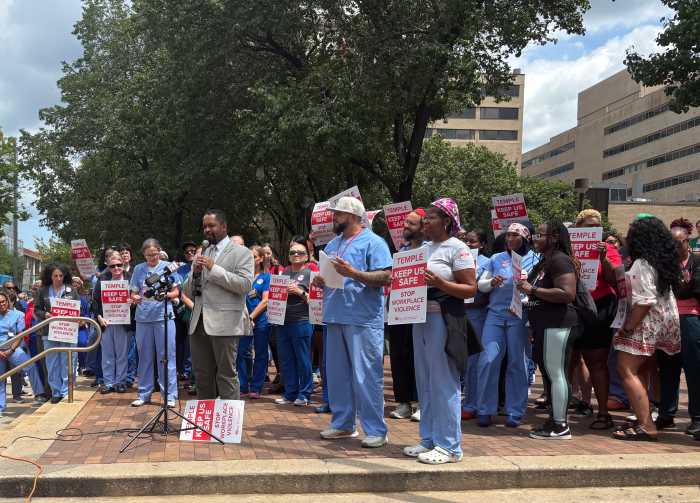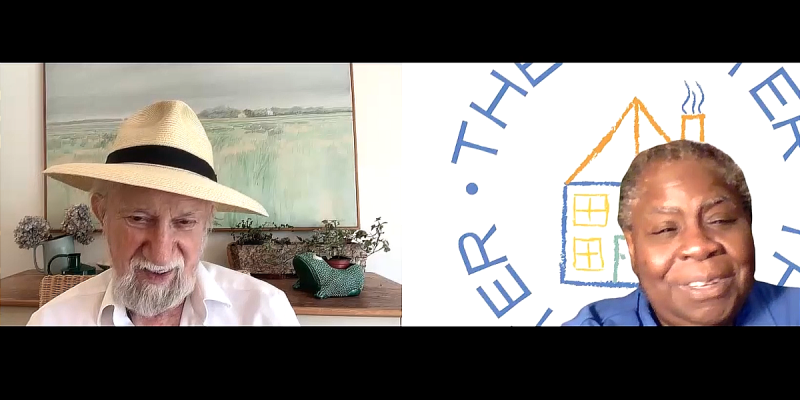By Howard Schneider and Ann Saphir
Federal Reserve officials last month agreed that, with inflation widening its grip on the economy and employment strong, it was time to tighten monetary policy, but also that any decisions would depend on a meeting-by-meeting analysis of data, according to the minutes of the Jan. 25-26 policy meeting.
The account of the two-day session showed the U.S. central bank readying for a fight against the fastest pace of price increases since the 1980s, with officials saying that while they still expected inflation to ease through the year they would be ready to hike rates faster if needed.
“Most participants noted that, if inflation does not move down as they expect, it would be appropriate for the (Federal Open Market) Committee to remove policy accommodation at a faster pace than they currently anticipate,” the minutes stated.
But the minutes also gave no obvious indication that policymakers were wed to a particular path, undercutting somewhat the conviction among bond investors that the Fed is readying a fast charge to higher borrowing costs.
Even though surprised by the persistence of inflation, “participants emphasized that the appropriate path of policy would depend on economic and financial developments and their implications for the outlook and the risks around the outlook,” the minutes stated.
Fed officials “will be updating their assessments of the appropriate setting for the policy stance at each meeting.”
Bond yields fell and stocks on balance moved higher after the release of the minutes. The yield on the 2-year Treasury note, the maturity generally most sensitive to Fed interest rate expectations, slid to 1.52% from 1.55% and the S&P 500 index rose into positive territory on the day.
Following the January policy meeting Fed officials issued a statement saying that it would “soon be appropriate” to raise the central bank’s benchmark overnight interest rate from its near-zero level.
Data since the beginning of this year have, if anything, heightened the Fed’s readiness to act. U.S. retail sales in January were strong, and U.S. employers added 467,000 jobs that month, far more than expected. The most recent inflation data showed no sign of easing from the current 40-year high.
But policymakers have not committed to much beyond the notion that rates will rise at the end of the March 15-16 policy meeting and likely continue to move higher this year – depending on how inflation responds.
Investors had begun pricing in the prospect that the Fed would raise its target interest rate by half a percentage point next month, but they now see a quarter-percentage-point hike as more likely.
“While the minutes of the late-January FOMC meeting pre-date the release of the stronger-than-expected labour market and inflation data covering last month, officials didn’t appear to be seriously considering either a 50bp rate hike to start the tightening cycle or a hike at each of the remaining seven policy meetings this year,” said Paul Ashworth, chief North America economist at Capital Economics.
The Fed in January also released a broad set of guidelines about how it plans to reduce the nearly $9 trillion portfolio of securities held by the central bank.
Discussion of the balance sheet included debate about whether or not outright sales of securities will be needed, the minutes stated, though no decision has been made.
Reuters



























